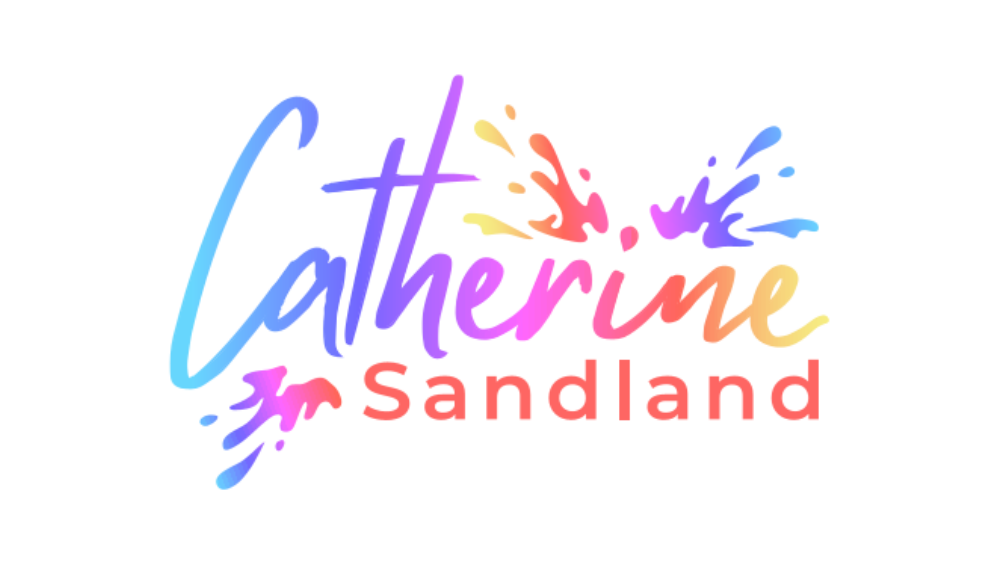Using questions to create curiosity
This vlog talks about how using rhetorical questions in your presentations can create curiosity and engagement with your audience
Using questions to create curiosity
Here’s the summary if you don’t have the opportunity to watch the video.
Be curious and engaged
I’ve been thinking about curiosity. I’ve been curious about curiosity.
And recognising that such an important part of when we stand up and speak in public, is both for ourselves to be curious and engaged with what we’re saying, in order that our audiences are curious and engaged in what we are delivering.
Use questions to create curiosity
I wanted to highlight the value and the necessity of using questions in your delivery.
Think of the opposite. If we go into a presentation and we list our information or we download facts and figures and the bulk of what we want to say, it actually becomes quite boring.
It’s a download of information for our audiences and therefore really hard to listen to in an engaged way. And to stay interested and wanting to know more.
And it’s really hard work to deliver that.
You know, that feeling where you might go ‘This is sounding really boring. I’m boring myself. Let alone the rest of the audience.’
Create curiosity in your audiences’ minds
The use of questions peppered throughout your talk are a fantastic way of both introducing variety in your tone of voice, but even more importantly, curiosity in the mind of your audiences.
Because here’s the thing. When you ask a question, people feel like they need to answer it. And when we ask rhetorical questions, we’re not putting the pressure on the audience that actually have to put their hand up or stand up and articulate that.
But we are asking their brains to engage and to work out what the answer is. So, rhetorical questions are fantastic.
Preface a question
And while it might seem like you’re putting extra bits in, you just want to tell them. If you preface a piece of information with a question first, such as:
- So what did we do? Or
- what could have been the outcome from that? Or
- what other thing did we then go on to
Then in fact, you’re what we call priming your audience. They’re going, ‘well, I don’t know. What did they do? What could happen there?’
And so their thoughts are being very ordered. They’re being marshalled to the point at which you want to deliver whatever it is that you want to deliver.
So questions are fantastic, and I would encourage you to use absolutely loads in your presentation.
Rhetorical questions
Think about your rhetorical questions, and think about them at the beginning, in the middle, and of course, at the end as well.
If you have questions about questions, then please get in touch.
